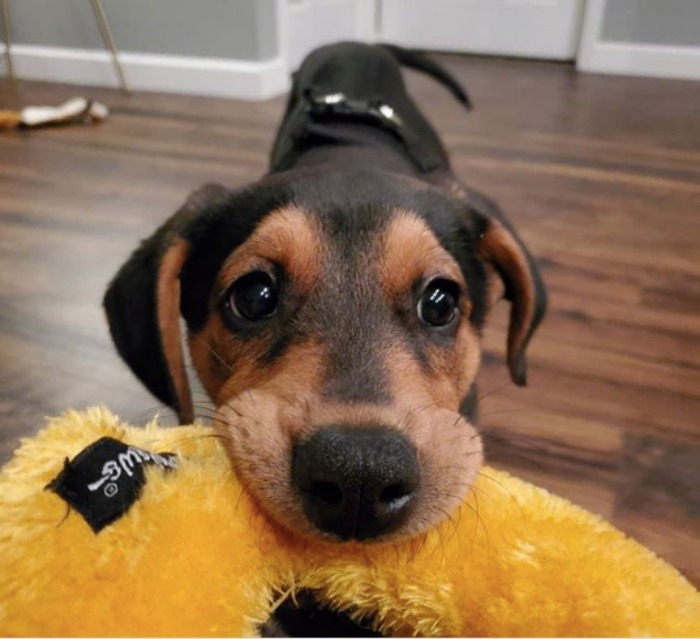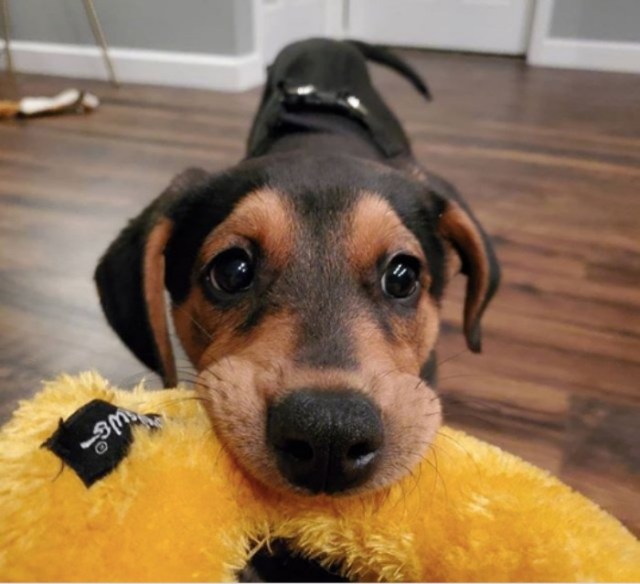
While many of us have been homebound the past few months due to COVID-19, pet parents have leaned on their dogs for support more than ever. From loyally staying by our sides, to encouraging us to get out of the house and even making special appearances as new “coworkers,” the time spent together has been equally beneficial for both pets and pet parents.
Which now presents a new challenge: As areas begin to re-open, how will our pets fare when we start leaving the house again each day?
Our dogs have likely become accustomed to constant belly rubs, multiple walks per day and constant attention, so they may experience separation anxiety as we resume our daily lives and spend less time at home. In pets, separation anxiety is a behavioral reaction triggered when dogs are separated from people they are attached to the most. Behavioral signs often include scratching at the door, crying or barking excessively, going to the bathroom in the house and/or chewing things whenever you or your family leaves. In extreme cases, dogs may try to escape, which can result in self-injury and household destruction.
Whether you’re already seeing signs of separation anxiety in your pup or want to prepare them for your absence in advance, there are some simple steps you can take to ease into spending more time apart:
1. Practice leaving the home for at least a couple hours per day to make sure your dog can be left alone without displaying severe signs of stress. Start off in short increments: 15 minutes to a half hour at a time, then gradually increase over the course of a few weeks.
2. Consider crate-training your dog. When used properly, crates can help your dog remain calm and, importantly, out of trouble. Start with just short periods while you are present to help them get used to it. For example, when you are watching television, put your dog in his crate, put the crate next to the sofa and gradually increase the time crated. You can reward quiet behavior with calm praise or with treats.
3. When you do leave, don’t make a fuss and try to do the same when you return. It may be difficult, but limiting the attention your dog gets shortly before leaving or after you arrive home lessens the shock and eases the moment of relief when you do return.
4. Leave out a few fun toys that you only bring out when you leave—these special toys will seem like a reward to your dog and signify that you leaving is a positive thing.
5. If your dog responds well in social situations, try daycare or social walks to keep them engaged and occupied while you’re gone. Pro tip: call your local daycare center and ask if you can bring your dog for an early drop-off. This ensures your dog has the chance to sniff around, get comfortable and greet the other “regulars” as they come in.
As a pet parent, you know your dog better than anyone else and are the best resource to decide what’s most helpful for them to adapt. If cases of separation anxiety persist or worsen, professionals like trainers and veterinarians are also always available for extra assistance. Overall, it’s important to know that new routines can be tricky for humans and animals alike, but rest assured that with patience and persistence, you and your pup can get through it together.











